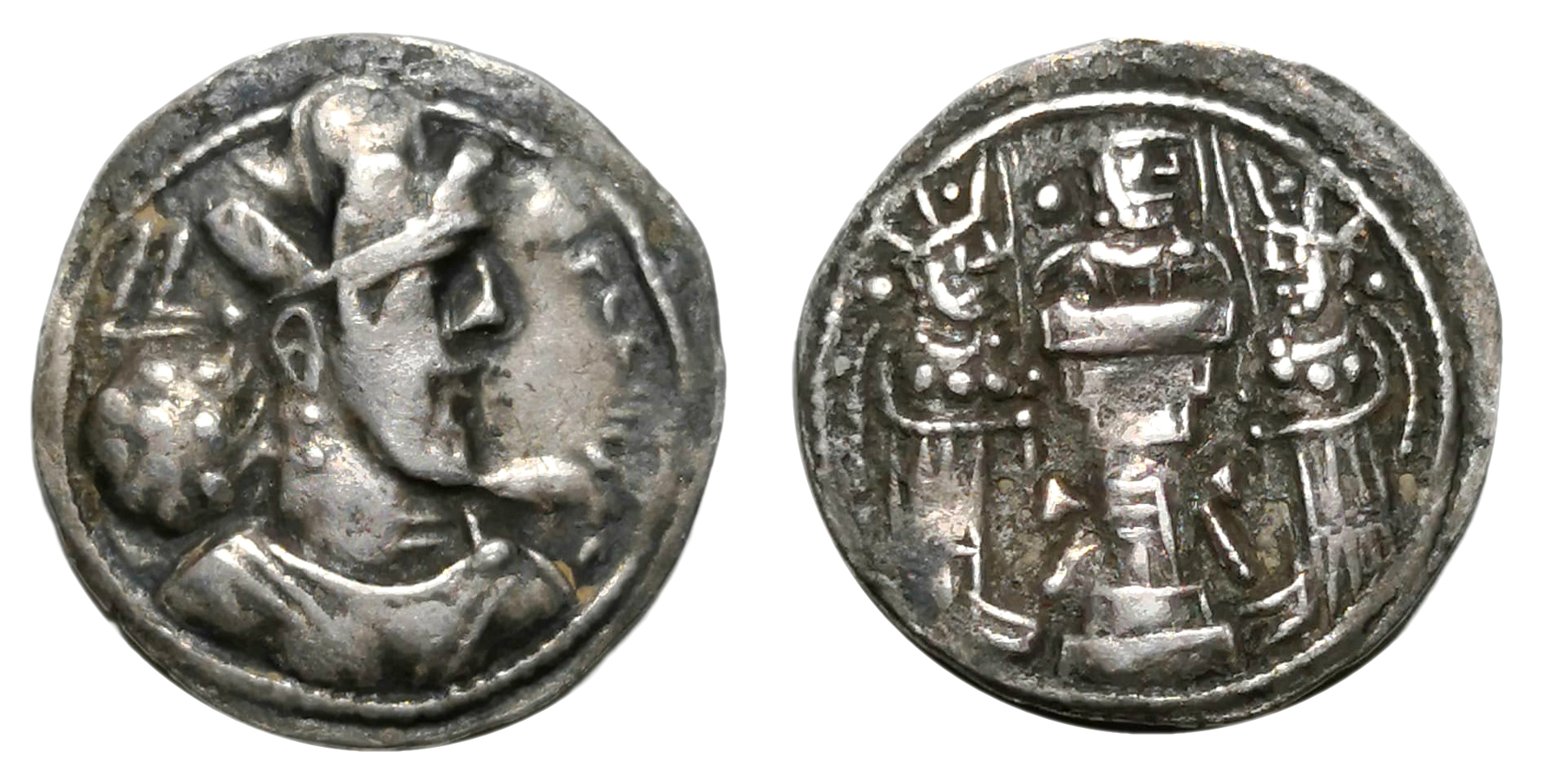The Sasanian Empire, which succeeded the Parthian Empire, was recognised as one of the leading world powers alongside its neighbouring arch-rival the Roman-Byzantine Empire, for a period of more than 400 years.
The coinage of the Sasanian empire is not only the most important primary source for its monetary and economic history, but is also of greatest importance for history and art history. Only through the evidence of the royal portraits on the coins, does it become possible to identify depictions of kings on other media of Sasanian art such as silverware or rock and stucco reliefs.
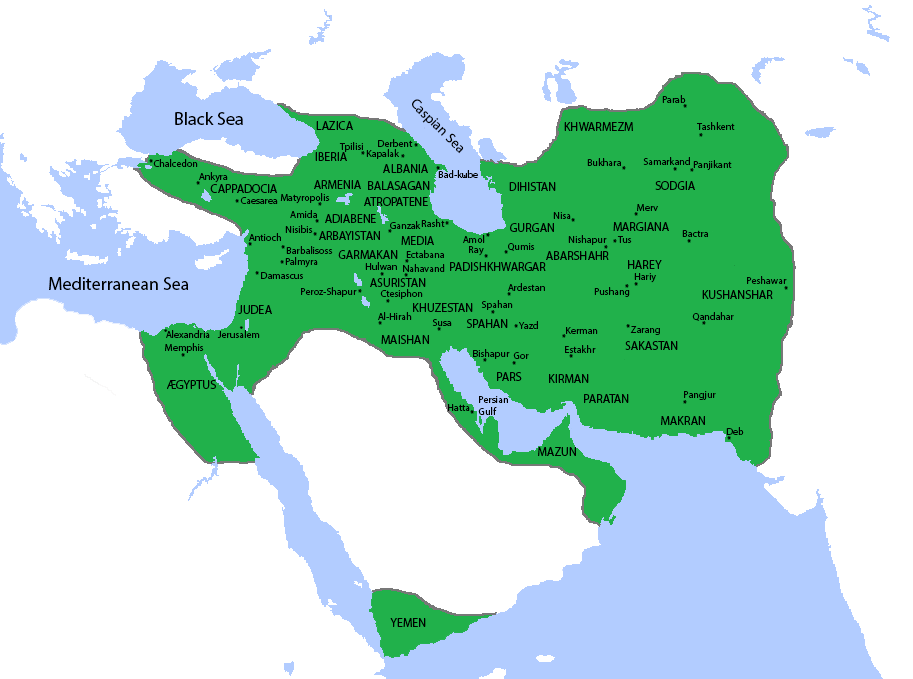
.jpg)
Reverse: Zoroastrian fire altar with two attendants
Die Orientation: -
Weight: 4.1 g
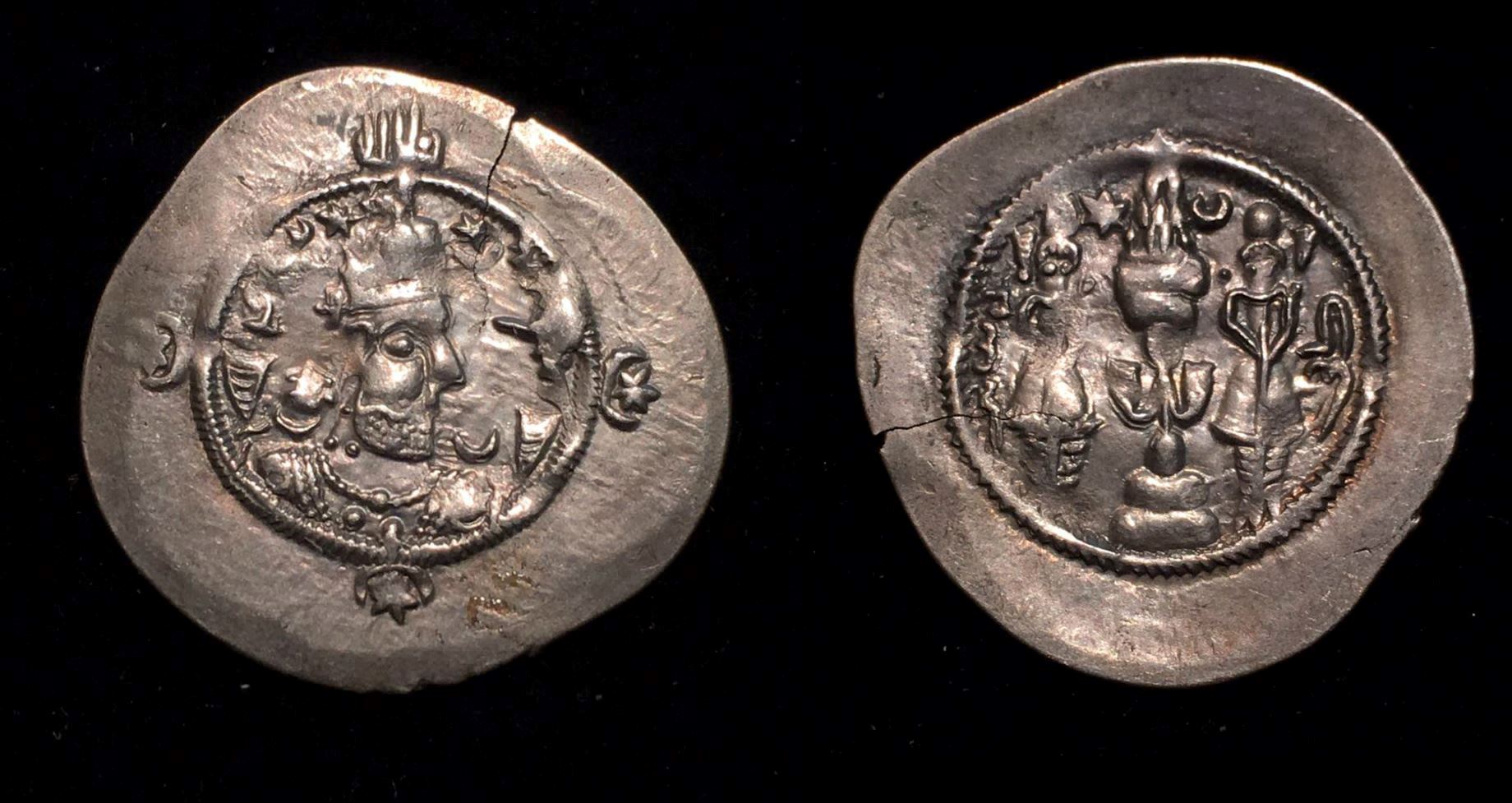
Reverse: Fire altar flanked by attendants
Die Orientation: -
Weight: -
.jpg)
Reverse: Fire altar with attendants at left and right, Pahlavi script to left and right, inside triple circle, crescent with star above on four sides in margin
Die Orientation: 3 H
Weight: 4.12 g
The reverse script to the right of the right attendant near as I can tell the closest match translates to the Erankhvarrah-Shapur mint. I'm not 100% on this.
The script to the left on the reverse is the regnal year, but I could not match it against the examples on beast coins, which doesn't include every year, but includes several and all the above info which is very helpful with this confusing series.
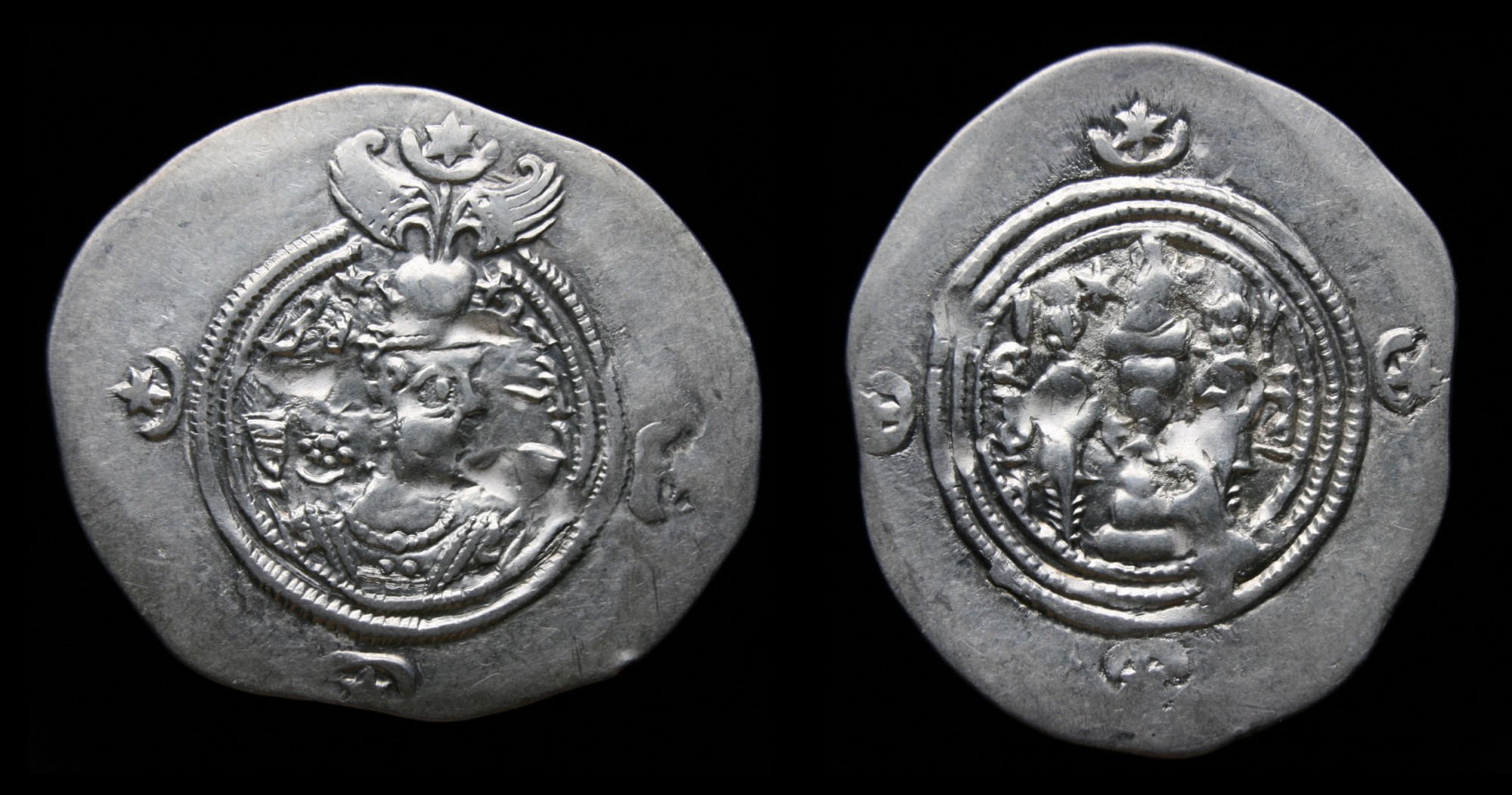
Reverse: Fire altar and attendants.
Die Orientation: 0 H
Weight: 4.04 g
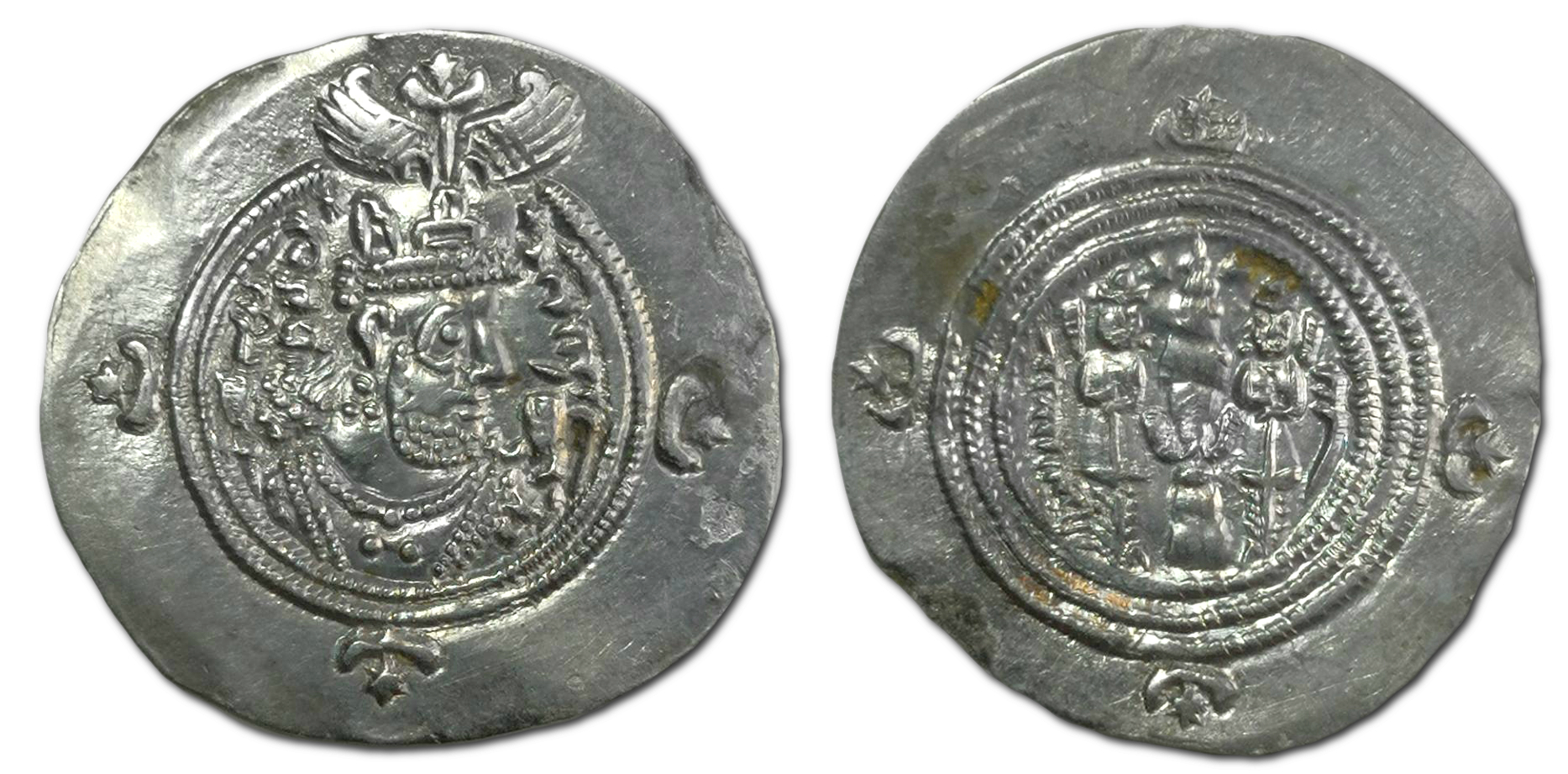
Reverse: Zoroastrian fire altar; on either side of altar, attendant facing
Die Orientation: -
Weight: 4.02 g
_drachm_(AR).jpg)
Reverse: Fire altar flanked by attendants, bust right in flames
Die Orientation: -
Weight: 4.04 g

